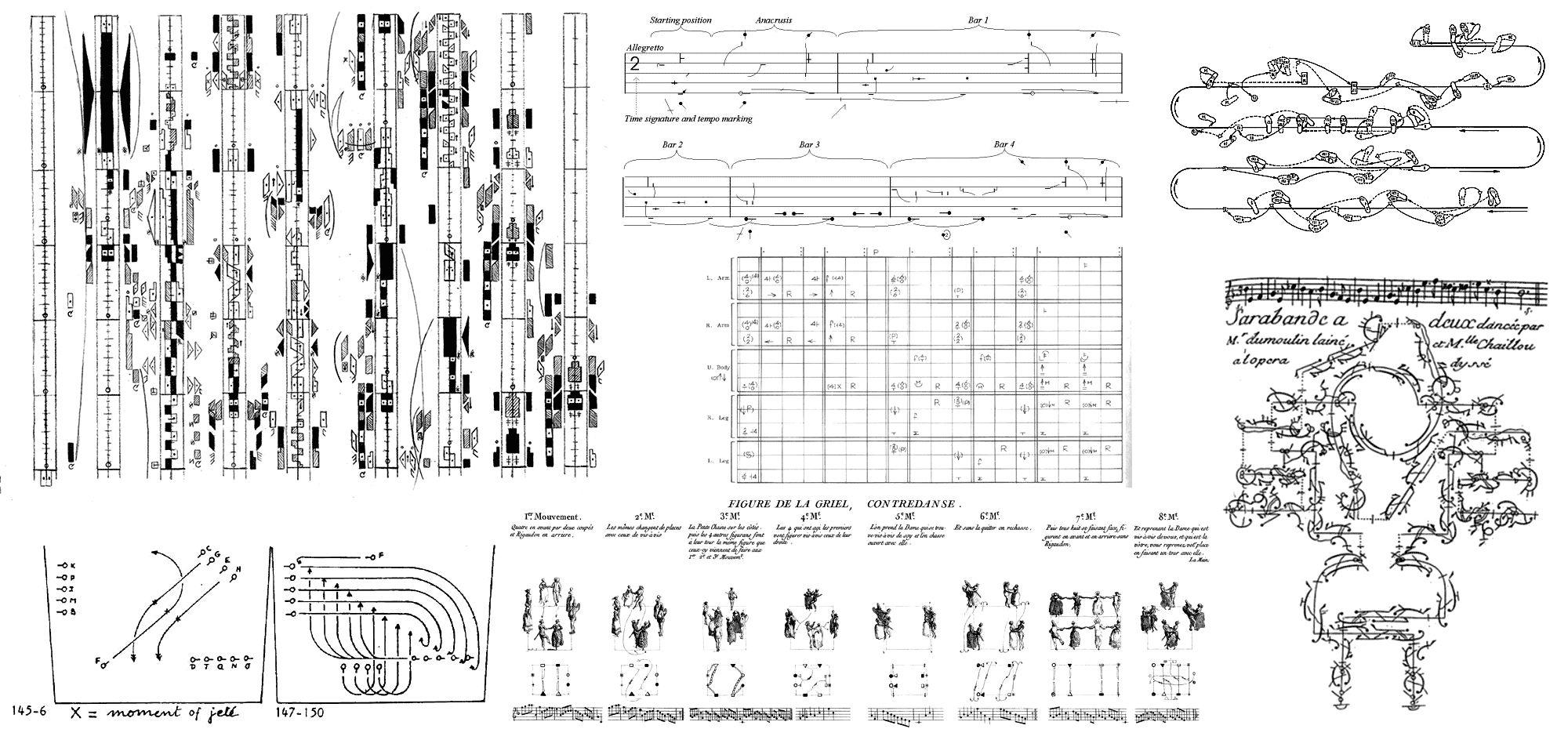
There is a long history of movement notations. Before ubiquitous video capture you had to preserve the developed choreography somehow. Now they are more of a historical curiosity, even though they do look amazing as graphical systems.
Of course, you could also provide simple illustrations of positions, as was done in a book by Golena Voyachkova “Movement - the root of woman’s health and beauty” that came out in the Soviet Union in 1965. It tried to illustrate movement by showing the correct (on the left) and the wrong (on the right) way of doing things.
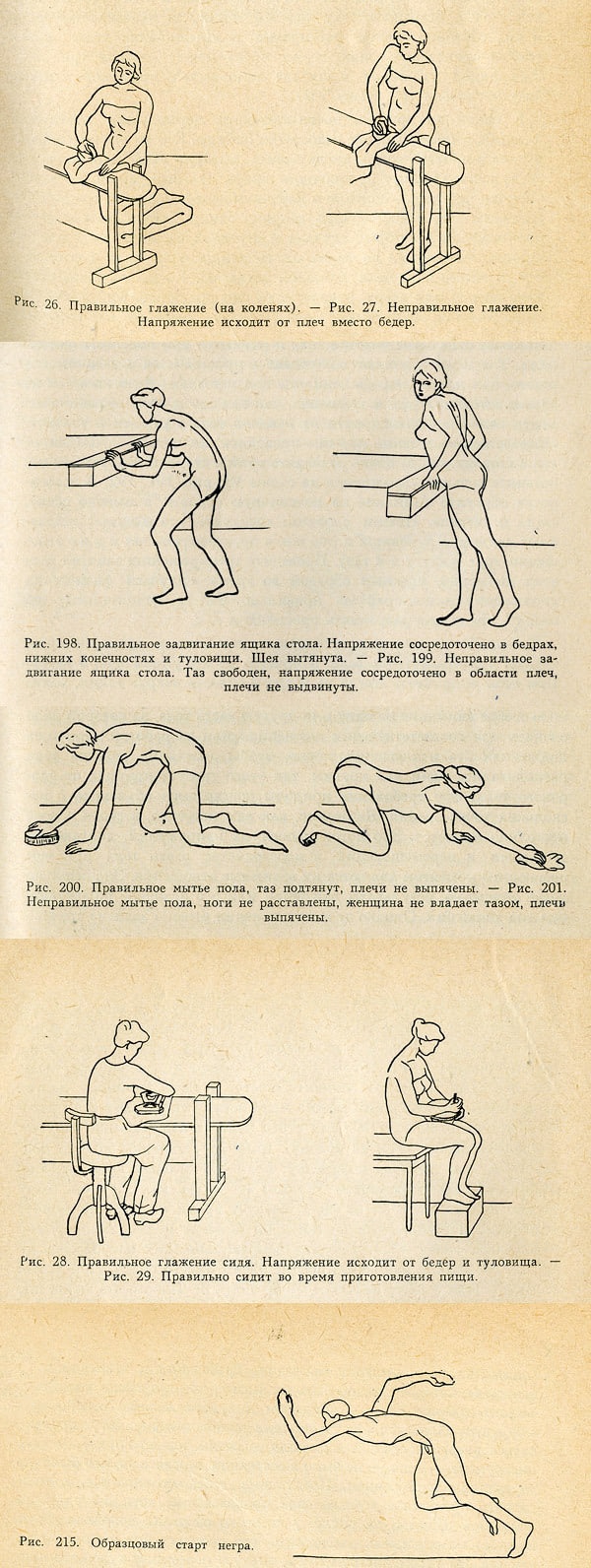
The last image is titled “The exemplary start of the negro”. This book is a good indication how movements were perceived as gender and race specific fifty years ago.
Then again you could describe movement through text:
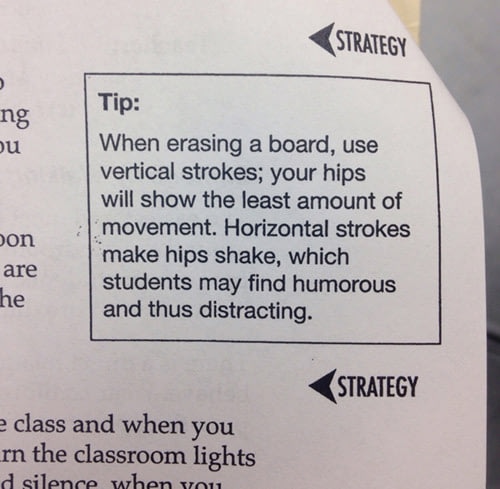
I searched for the contemporary use of movement notation but did not find much. There is, of course, the traffic light that makes you stop and go and sometimes run after looking hastily left and right. There is a whole system of symbols that regulate your movement once you decide to turn into a car-human hybrid. There is also the diagram of how you should stand as you go through the airport security scanner (which is a fascinating topic in itself, as you give up agency and movement for a short period of time to be validated by the machine as an acceptable human being). Other than that movement patterns seem to propagate in a viral way - we see other people move and adjust our movement accordingly.
Movement notation is used to some extent in gaming. There is Guitar Hero for gaming consoles, that could be described as a game of following movement notation for your fingers. And there is Dance Dance Revolution, an actual arcade game of following a movement notation with your feet.
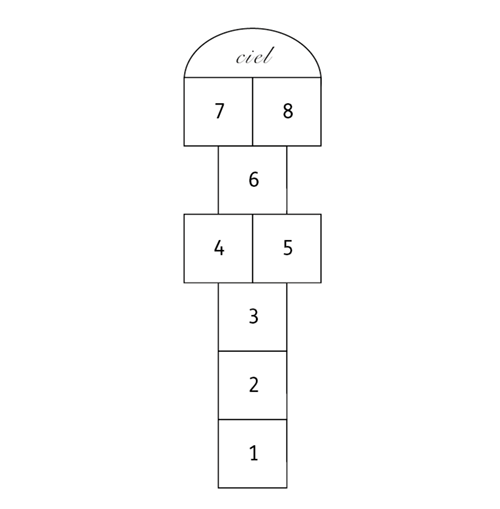
There is one movement notation that has very limited syntax but is familiar to everybody. It has a different name in each culture: Hopscotch, Классики, Himmel und Hölle, Escargot, Kith-Kith or Rayuela. While the rules may differ, the premise is the same: single squares have to be hopped in on one foot, double squares on both feet. At the end of the course you turn and repeat the course backwards.
The simple design of the game has not changed for hundreds of years and, as venture capitalists might say, is ripe for disruption. I propose radical new design that breaks with convention. It is not easy to enter paradise, no one should reach Himmel easily.
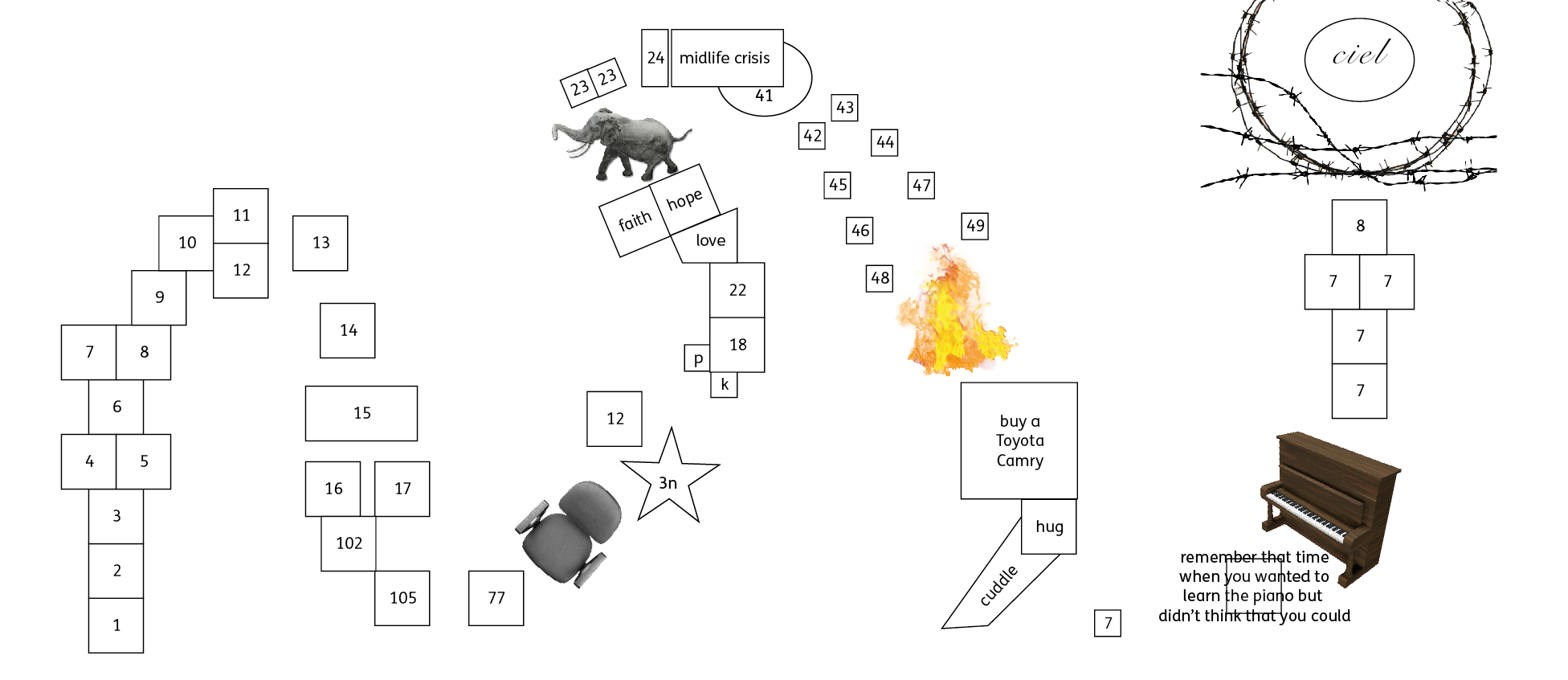
No, but really, how about this kind of extended hopscotch for a participatory performative installation? It breaks with the expectation of the visitors and leaves them stranded and confronted with their own bodies in the middle of an imaginary obstacle course.
P.S. there was a whole conference on Dance Notations and Robot Motion in 2014. With topics such as Benesh Movement Notation for humanoid robots and Abstractions for Design-by-Humans of Heterogenous Autonomous Behaviors. Video recordings are available.
